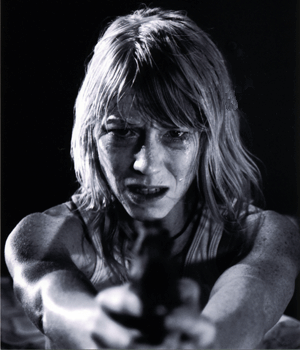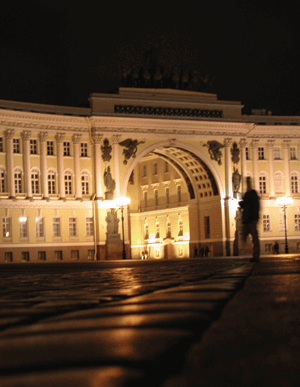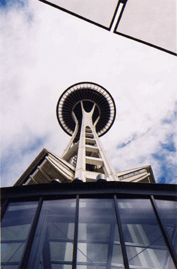

A camera - whether it is video or still, digital or film, attached to a computer or a phone - is basically a box designed for trapping light. It can be as simple as a cardboard box with a pinhole punched in it or as elaborate as those on a space telescope. Whatever the design, its purpose is to record patterns of light and shadow and colour, for future reference.
When you use a camera you are trapping images. There are many similarities between the language used for hunting and the language of photography - shoot, stalk, line-of-sight, capture, pin etc etc. A camera can be a very powerful weapon - especially in war time. Is it a coincidence that Princess Diana (named after the goddess of hunting) was chased to her death by paparazzi?

Always consider the purpose of a shot before you start to set it up. Fair enough, you've found your subject, but what do you want to show about it/them? If your subject is human - are they wearing the right clothes? Are they in the right mood? Are they doing the right thing in the right place? if your subject is inanimate, think about what it represents, and whether you best communicate that by showing part of it or all of it.
Unless you are using a close up (or plan to crop your photograph very tightly) you need to consider the background of your photograph. Does it match your subject - think colours and textures? Does your subject show up against the background? If there is a mismatch between the two is this for a very specific reason? Does the background give additional information about the subject? What mise-en-scène will be included in your image?
By carefully considering the relationship between background and subject you can make your images much more powerful.
Light creates your image - use it wisely. As a general rule, the light should be behind you NOT behind your subject i.e. never stand your subject in front of a window. Remember that light has two purposes - to reveal and to create shadows, which hide. Make sure that whatever you want to show is bathed in plenty of bright light.
The time of day and the weather conditions when you are filming/photographing will have an effect on your images. While digital cameras (video and still) cope reasonably well in low lighting conditions, your images may turn out rather dull. The most interesting times of day to capture an image are early morning and late afternoon; the angle of sunlight creates some very interesting shadows and the light (if there is not too much air pollution) has a soft quality. If you have a choice, always try to photograph an outdoor subject at these times.
Also remember that artificial (i.e. indoor) light will give your pictures an orange cast unless you take steps to correct it. Your camera may have an indoor or incandescent bulb setting that will do this for you.
Pointing your camera and looking through the lens is just the beginning of the process. You will need to consider carefully the angle that you choose, as well as selecting what will and what will not be in your image. One of the most underused pieces of photography equipment is feet - try moving around and seeing what effect a different perspective has on your image - take pictures from different angles.

The composition of an image is simply what it is made up of. An image will display a series of objects or people, and when referring to its composition we look at their arrangement within the picture. Often we infer meaning through objects' relationships with each other. Is one depicted as larger? More central? Better lit? How much space is there separating the objects?
Images are usually composed around the 'rule of thirds'.
Apart from arranging objects within the picture, another decision that is made in composition is focus, or depth of field. This dictates the depth into the picture in which objects are in clear focus. You may becide to blur out the background, in order to place more emphasis on central or foreground objects. or you may decide to have everything in your picture in equal focus, for instance in a landscape shot, or a group photo.
Framing — deciding where an image begins and ends — is as vital to the meaning of an image as composition. There are a whole variety of camera angles which can be selected to frame a shot (see left button bar), and often what is left out is as important as what is included. What is beyond the picture, for instance, what could a model be looking at, is the source of much ambiguity and enigma. We infer meaning from the relationship between the camera and subject (a close up is intimate, a long shot implies emotional distance or major status difference).
By framing two objects together in the same image, we imply a connection between them, especially if there is a physical link, perhaps through a graphic or colour, between them. By isolating an object within the frame - for instance showing a swimmer against an expanse of nothing but sea - we can make it seem insignificant and lonely.


The angle hasn't changed but the framing is very different.
A zoom lens has been used so that the Needle on the right is framed by the buildings lower down,and the clouds around it, giving a sense of context. We can tell it's a very tall building, whereas the first shot compresses the height and makes the top seem closer to the photographer.
For best results with video, or using a still camera in low light, you should use a tripod where possible. Even when using a still camera, you should endeavour to be as balanced and motionless as possible. Take a deep breath and hold your breath - keep your arms close by your sides.
Remember, people take pictures, not cameras. Your equipment is only a tool - some of the best images are captured by disposable cameras which happened to be in the right place at the right time. Get shooting!